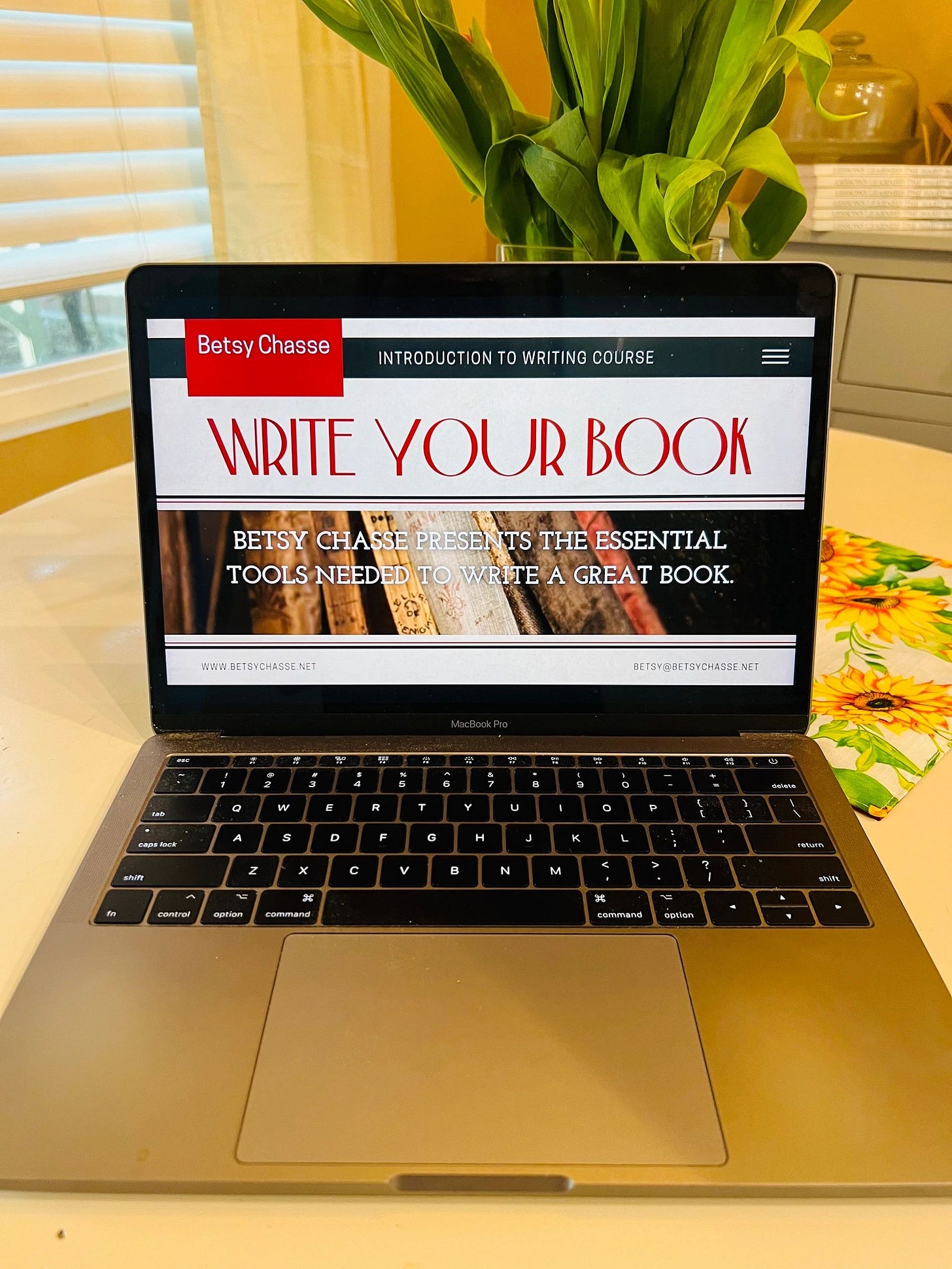I often wonder what it must’ve felt like to be young in the late 1930s, staring at a world on the verge of war. People of that time had seen peace, however fragile, and then watched it unravel into fear, hatred, and rage. There’s a sense of déjà vu in the air, as though humanity is playing out the same painful story again. We build, we connect, we live in a bubble of hope and abundance, and then — somehow — everything fractures. Fear creeps back in as if it had only been hibernating, waiting for its turn.
Was there a time when we were simply happy, and something shattered it, teaching us anger and hate? Or is it that humans are born knowing fear, and peace is just an intermission in a larger, turbulent performance? The question almost feels futile, an endless loop like the chicken and the egg.
But why can’t we find a way to just be with each other?
This cycle of building and breaking isn’t new, but for Gen Z, the turbulence seems especially sharp. They grew up with “Dora the Explorer” and “The Wiggles,” yet in less than a decade, they’ve been thrust into a world that feels closer to the dark landscapes of “The Last of Us.” They’ve come of age in a time when dystopian movies feel more like cautionary tales than escapism, where the wildest science fiction begins to look like an inevitable future. Life is imitating art — or maybe art has been imitating a truth we were afraid to see.
It feels hollow to beg people not to vote for hate, as if the plea itself floats aimlessly in the air. Hate has found a way to become desirable, packaged with an easy smile and a rallying cry. I see videos of young men screaming at strangers, revving their trucks down streets that once felt familiar. Crowds fill stadiums, cheering at the notion of people being torn from their homes, sent away because we’ve drawn lines in the sand and staked our claim. The irony of it hits hard: no matter how tightly we cling to what we think is “ours,” in the end, we leave it all behind.
Just this past week, someone I admired deeply passed on, taking nothing with them. Their body, which once seemed so solid, will eventually return to the earth they thought belonged to them. Yet, we spend so much of our lives gripping onto things we think we own as if collecting enough could make us safe. We fear scarcity, frightened by the loss of control, but forget that eventually, we have to let go. Every crumb we hoard is temporary.
It’s tough to hold onto hope when so much around us feels dark. It’s hard to look at young people — our children — and tell them things will be okay when the world they’ve grown up in keeps peeling away any illusion of safety, piece by piece. They’ve read about cycles like this and heard that history repeats itself. But when you’re in the eye of the storm, it’s easy to doubt that the sun will shine again.
So maybe it’s up to us, Gen X and older, to keep that fragile flame of hope alive for them. It’s our job to be patient with them in their anxiety and to love them as they navigate this intense and complex world. And even if we don’t have all the answers, maybe just being there — being steady — can be enough.
The world needs your story now more than ever.
I offer a video course that contains proven tips and tools to assist you in writing a great book, whether it is a novel, memoir, or non-fiction. These tools will help you get started, make room for creativity, and turn writing into a transformative experience. Additionally, you'll receive a booklet with process details and worksheets to help you get started.






Probably my fav of all your posts, Betsy. Resonates strongly with me, as I see it in my sons.